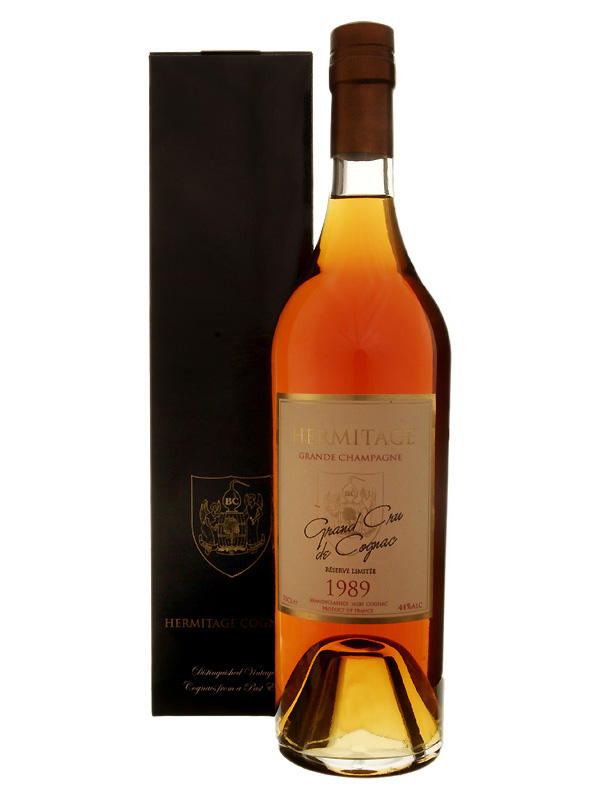The Cognac Process – Part 12. Establishment of a Cognac Regulatory Body
Many of the established growers and merchants recognised the need to establish a body to control and manage the quality and sale of cognac. Much of the preliminary work had been done before the Second World War and a great deal of de facto independence from the government had already been gained – the Charente region had been divided into crus in 1909, as a natural consequence of the system of Appellation d’Origine Contrôlée, and the geographical areas had been delimited by government in 1936. During the War a wine and eaux de vie bureau was created to try and protect the cognac stocks. After the War this organisation was made official and The Bureau National Interprofessionel du Cognac or BNIC was established. The existing Station Viticole’s cognac research laboratories were also placed under its wing and so the BNIC’s role of managing every aspect of cognac production and sales began.
Our Hermitage 1947 is a classic vintage cognac from the post war era, produced at the outset of the BNIC’s establishment.

